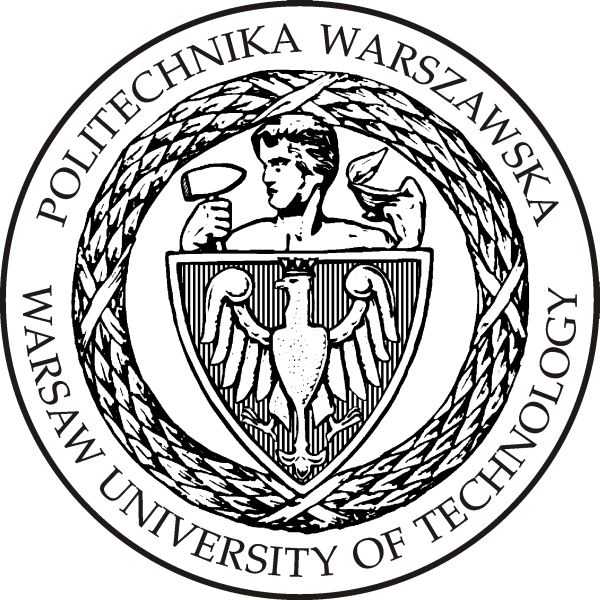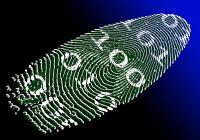ICCE » Teaching » Our laboratories »
Biometrics and Machine Learning Laboratory
The laboratory is equipped with biometric hardware and software, in particular commercial devices that form the basis of many advanced biometric access control systems worldwide:
- cameras and iris recognition systems,
- graphic tablets for measuring handwritten signatures and signature recognition systems,
- finger vein recognition system,
- fingerprint measurement and recognition systems, some of which have built-in fingerprint life testing mechanisms,
- EEG waveform measuring device,
- development kits for smart cards and DSP processors.
The Biometry Laboratory is a place where current scientific research and didactic classes are conducted in the Biometry and Machine Teaching Group. For this purpose it is necessary to design and manufacture own measuring devices and prototypes of systems. If only justified, prototype systems are also included in the didactic process. This makes it possible to analyse the operation of biometric systems in a way that is impossible to achieve only with commercial devices. In particular, prototype systems are necessary for the acquisition of biometric data (raw samples) or the design and testing of new, secure biometric authentication methods. In the laboratory we have, among others, the following biometric prototype and measuring equipment:
- iris recognition system with a life test,
- a long distance iris measurement and recognition system with minimal user cooperation,
- handwritten signature recognition system with a payment terminal,
- a device to measure the temperature and geometry of the hand,
- various types of cameras, optics and image acquisition cards with SDK software for building your own devices.
Research and method development also require appropriate biometric databases. The Biometry Laboratory is the owner of the first multimodal biometric research database (BioBase) registered in Poland (by GIODO), i.e. containing measurements of multiple modalities for the same person. The BioBase consists of data on the iris, fingerprint, hand geometry, face photographs and handwritten signature. Thanks to many years of activity, we are the few in the world to have biometric measurements repeated seven years after the same person, which allows us to conduct real research on the effect of ageing of biometric patterns for the above-mentioned modalities. BioBase is constantly being expanded.




